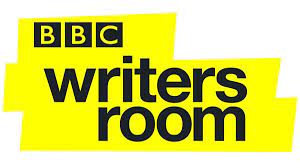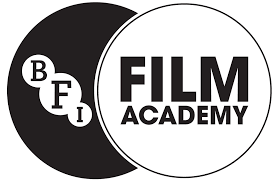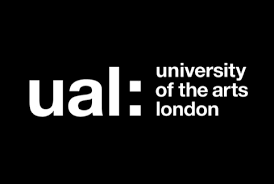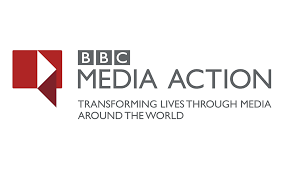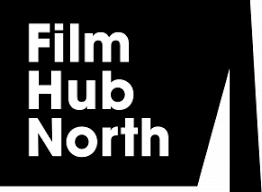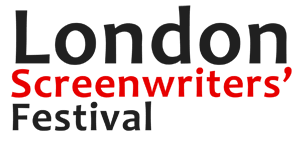Hi There,
Two weeks ago my newsletter was about TREATMENTS, OUTLINES & WRITTEN PITCHES – and it also went out as a BBC writers room blog a couple of days later.
This week – the writer’s response! A massive thank you to KITTY PERCY, a wonderful screenwriter who was on the Channel 4 screenwriting course in 2015, and who has since had a number of very exciting script commissions for both film & TV – and who has had many meetings, and written many treatments & pitch documents – so she really knows what she’s talking about!
‘Dear Philip
Thanks for the article about writing treatments, a technique that remains the most important thing I never learned during two years of a screenwriting MA.
In fact, the year after I finished 4Screenwriting I spent writing nothing but pitches, outlines, treatments, series bibles, synopses, concept documents – everything and anything but scripts. And you’re depressingly correct in that if you approach the writing of your document with fear and loathing, you can bet that whoever’s reading it will smell your F&L as though you’d perfumed the page with it.
Anyway, I thought I’d share some of the treatment-writing advice I’ve been given along the way by various producers and development folk, both indie and BBC etc:
“I never want to see a list of characters at the front of the document. If they’re properly conceived, the characters should come alive as the story develops, without the need to spoonfeed personal information.”
“Character is plot. A treatment or outline is incomplete without a list of characters on page one, with a couple of pithy lines or a short paragraph about who they are and what makes them tick.”
“The simplest and most effective way to convey the tone and style of your project is to refer to existing films or TV shows. This doesn’t need to be crass pitch-speak, e.g “it’s SAW meets LAST TANGO IN HALIFAX” but if you can define your show as having the ‘complex family dilemmas of X’, or ‘the gross-out humour of Y,’ it all helps in communicating your idea.”
“Never compare your project to other films or TV programmes in a treatment. It’s too risky – not only is there a chance that whoever you’re pitching to might hate the thing you’ve referenced, but it might have been a ratings or box office disaster, or have any number of negative industry associations that you can’t know about.”
“Make the document strong and attention-grabbing. Carefully placed images, or a picture on the title page, can impart a ton of useful information about the tone and style of your project.”
“Never add pictures or fancy fonts to a treatment. If the idea can’t hold its own by simple text alone, there’s something amiss in the writing.”
Noticing a pattern?
If there’s anything to be gleaned, it’s that – as you said – definition is everything. Nowadays, if I’m asked by a production company to write a pitch / treatment / outline / postcard / whatever, I request an example of one they’ve commissioned, and use it as a guide.
If you’re lucky they’ll send several, because it’s true; ‘real’ outlines are hard to come by, especially those that were greenlit into actual films or telly. (The sample outlines and treatments, written by notable 9 O’clock Writers, that we were given during 4Screenwriting have a hallowed place in my filing cabinet. Documents like these get shared and traded between writers like Levi’s in Communist Russia.)
But don’t despair: I saw the brilliant Paula Milne interviewed once, and she said she’s never written a treatment. Instead she insists on pitching in the room, face to face, all guns blazing, and wins the day with passion, craft and a strong idea.
So try that.
(NB: You might have to be Paula Milne to pull it off. Don’t say I didn’t warn you…)’
Thank you so much Kitty.
SCRIPT HIGHLIGHTS
As ever, there have been so many brilliant scripts to catch up with recently – in film, TV and theatre.
The stand-out for me has been Jimmy McGovern’s BROKEN, which I binged on BBC i-player in a few days.
Jimmy McGovern is a master story-teller. He puts his characters under such pressure – each of his lead characters is caught on the horns of an awful dilemma. At times his writing comes close to melodrama – but he always seems to manage to pull it off – because there is such conviction, passion and rage behind his writing. He so clearly has something that he needs to say – and it’s this powerful personal agenda that makes his writing so compelling.
Father Michael’s ‘righteous anger’ speech in the final episode was a tour de force.
He’s also not afraid to be sentimental – I defy you not to watch the last 5 minutes of the last episode without being emotionally affected (alright – crying!). ‘Sentimental’ as a word has taken a bad rap. ‘Sentimental’ seems to be used as a pejorative word normally – sentimental almost always means ‘over-sentimental’. But actually isn’t sentiment something that we should strive for in our writing? Looking it up, the word is defined as ‘having or arousing feelings of tenderness, sadness, or nostalgia…’ Isn’t this often what good writing strives to achieve? Anyway – that last 5 minutes worked for me – just a lovely, life-affirming piece of writing that absolutely paid off the bleakness of the 6 hour series. As far as I’m concerned, BROKEN was a master-class in screenwriting.
I’ve also seen three outstanding theatre plays –
PUNTS by Sarah Page at Theatre 503. (which I discussed in a previous newsletter).
ANATOMY OF A SUICIDE at the Royal Court is also outstanding. As the title suggests, this tackles issues of mental health – and suicide – in three generations of the same family – with the three stories being told in parallel and simultaneously in three different parts of the stage. Sounds a bit confusing doesn’t it? But in fact the staging was both original and highly effective. The play isn’t a bundle of laughs by any means – it’s intense almost to the point of being traumatic. And incredibly powerful. Brilliantly directed by Katie Mitchell, some wonderful writing by Alice Birch and outstanding acting – particularly by the magnetic Kate O’Flynn.
SEA CHANGE by Emily White. A play reading as part of this year’s RADA Festival 2017 – an annual event that features a lot of excellent new dramatic writing. This was a play that I read as a 4screenwriting 2017 submission and loved, and which got Emily short-listed for interview for the 2017 course.
The reading featured a new, improved draft – and the play really sung off the page. Again, this was thematically rich, funny and very thought-provoking. 90+ minutes without an interval on uncomfortable seats in a hot theatre at lunchtime flew by in an instant because the play was so captivating and entrancing. A real treat.
What do these plays have in common? Well annoyingly their runs have all finished (sorry!) but secondly they’re all by female writers. Nearly every year we have more female writers on the C4 screenwriting course than male – the wealth of female dramatic writing talent in the UK really is extraordinary.
The next newsletter will be on Friday July 27th.
All the very best
Phil
PHILIP SHELLEY
@PhilipShelley1
July 14th 2017


